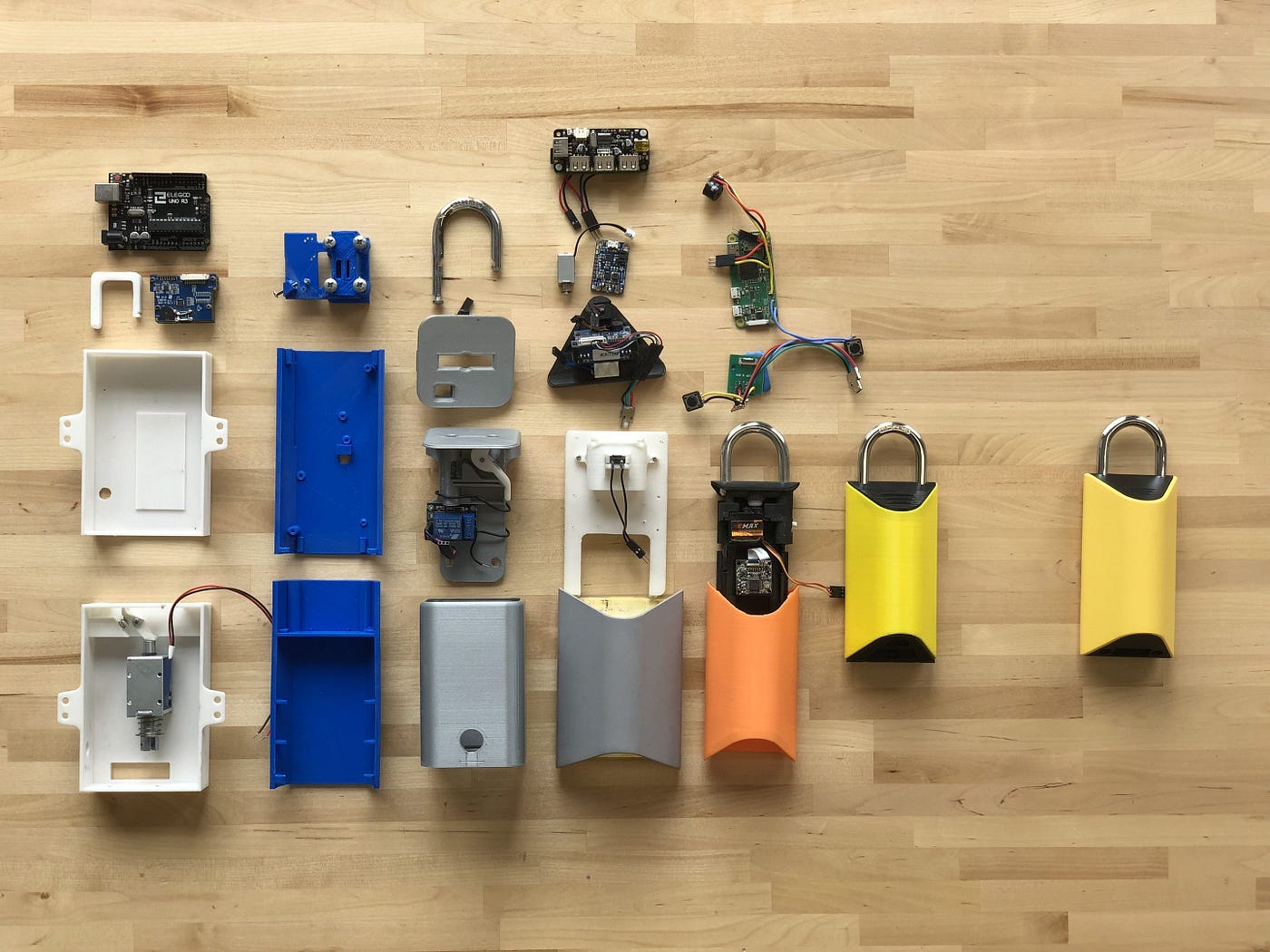Why Prototype

Design is a way to communicate what does not exist. It’s a leash we throw into the future to capture an idea that could bring order and meaning to the current context. But not everybody has the visualization powers of a designer.
So, we need tools to help others see the idea in our head and the order it bring to the current context. This is because in the end, design is largely about consciously bringing meaningful order to contexts.
The most common way to do this is by bringing the idea to life at an early stage, and share it with the world. This is what Prototyping is all about.
A prototype serves several purposes:
Help visualize the idea
It’s the main goal of a prototype: Help users visualize and understand how your idea addresses their current challenges. Getting different stakeholders, user profiles, and decision makers on board with an idea is always challenging, even with the most killer power point. Prototypes help overcome language, cognitive, or attention barriers, and go straight for the wow.
“Let your prototype do the talking”. Even the simplest foam prototype is worth a thousand slides and sketches on the wall.
Gather clear feedback
With the internal stakeholders on board, it’s time to see if the idea fits the user needs. Constant testing and feedback sessions with users are at the heart of the iterative design process. Prototypes provide a more complete view of the usability challenges, and how users work around them, helping narrow it down to the root of the problem.
Prototypes are THE language of the design process
Observing users use the initial prototypes can provide very valuable insights. This can in turn help create a more complete, user-centric solution that fits. For example: The user is unable to find the upload feature in your prototype. Is it because it’s too small? Too cornered? Looking at how users try to solve this problem can give you a hint: if the user is trying to zoom in to see better, it might be too small. How much? Let’s fix that in the next round of prototyping!

The important thing is that this interaction with the user was made possible due to the presence of a prototype.
Check feasibility early on
Prototypes are a powerful tool when it comes to validating the feasibility of a certain feature. Often times, while designing, we add features we deem feasible and nice to have that, after some user testing, end up being a either a must-have or a no go. Further, the technologists in the team can take calls on features early on. Prototyping helps you make these decisions.
Let’s consider an example, in a recent project, we needed to judge the feasibility of incorporating a login using a smart tag. Our usability targets were set to under a second response. We tested several different approaches to safely login users into a water dispenser until we had a response that users felt was instantaneous. This feature turned out to be way more important because it became the defining magic moment of the experience.
Do research
Remember the PalmPilot? Yes, the old school iPad Pro with Apple Pencil. To understand how it would fit his daily life Jeff Hawkins, the creator, built a small wooden prototype that he would carry around on him for several weeks. This helped him understand things like the size, weight and other ergonomic features the device should have. You can check out the prototype at the Computer History Museum in California.
Prototypes are great tools to research and co-designing with the user.
Another related research technique is the one of cultural probes by William Gaver. The cultural probes technique teaches how we can use objects or prototypes to know more about the context and do better research into the lives of the user. If you want to know more, you can find out more here. Some of these ideas are at the inter-connection of various fields of practice like Critical Making, Creation-as-research, and Design Fiction.
To conclude, do try to prototype early on in your design process. Make it compulsory in your organization.
It brings immense value and you stay grounded while trying to solve challenges.
So, what will you prototype next?
Cheers,
Rohit
Disclaimer: This article was written for my employer and orginially appeared on the company blog. The views expressed here are my own.